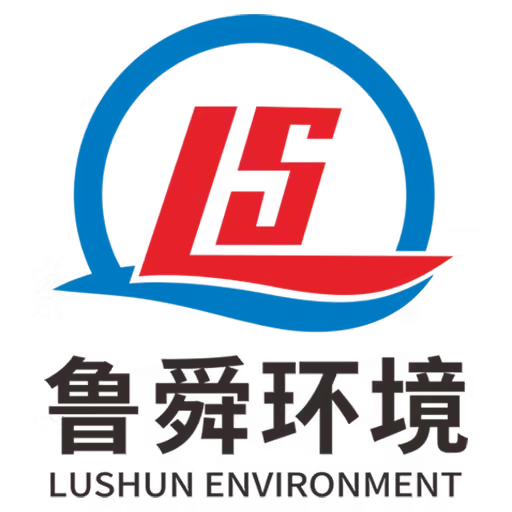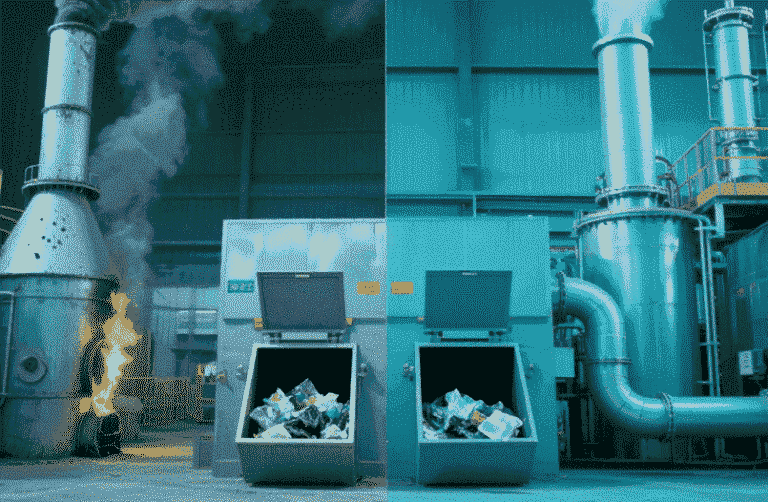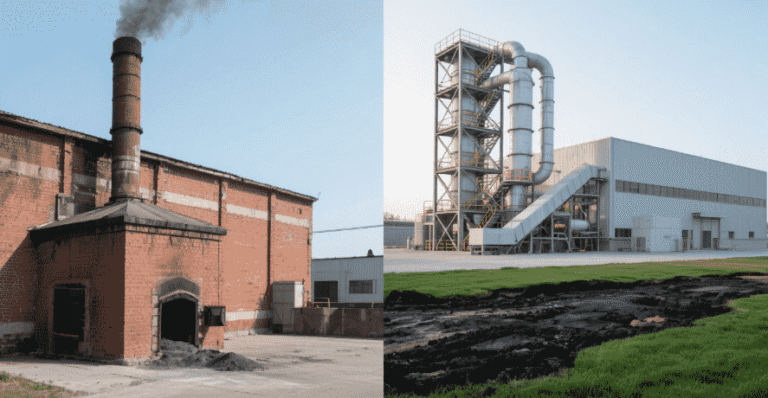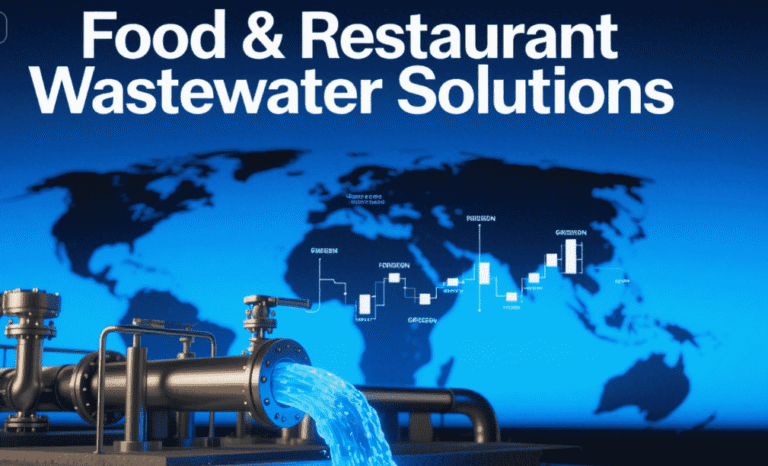Welcome to My Blog! 🌟
I’m so glad you’re here! Before we jump into the exciting content, I’d love for you to connect with me on my social media platforms. It’s where I share extra insights, interact with our amazing community, and post regular updates. Here’s how you can join the conversation:
📘 Facebook: Follow me on Facebook for more updates
Now, let’s dive into the journey ahead. I hope you find everything here both engaging and valuable. Together, let’s explore, learn, and grow! 🚀
Table of Contents
Introduction

Industrial waste gas emissions have long been a significant environmental challenge. However, recent technological advancements in waste gas treatment are transforming how industries manage and mitigate these emissions. This blog explores 11 groundbreaking innovations in waste gas treatment that are setting new standards in efficiency, sustainability, and regulatory compliance.
1. Advanced Adsorption Systems
Adsorption technology remains a cornerstone in waste gas treatment, especially for capturing volatile organic compounds (VOCs) and other harmful pollutants from industrial emissions. Recent innovations have led to the development of high-capacity adsorbents like zeolites and metal-organic frameworks (MOFs), which provide superior selectivity and enhanced regeneration capabilities. These new materials significantly improve the effectiveness of waste gas treatment processes by capturing more pollutants while allowing the adsorbents to be reused multiple times.
This not only boosts operational efficiency but also lowers the overall costs associated with waste gas treatment. As environmental regulations become stricter, industries are increasingly turning to these advanced adsorption systems to meet compliance requirements while minimizing environmental impact. Integrating such adsorption systems into waste gas treatment setups ensures a cleaner, safer emission profile and promotes sustainable industrial practices.
2. Catalytic Oxidation Technologies
Catalytic oxidation plays a crucial role in modern waste gas treatment by enabling the conversion of toxic gases into less harmful substances through the use of catalysts such as platinum or palladium. These catalysts facilitate oxidation reactions at lower temperatures compared to traditional thermal oxidizers, which leads to significant energy savings and reduced operating costs. In addition, catalytic oxidation extends the lifespan of waste gas treatment equipment by preventing damage that high temperatures might cause.
By efficiently breaking down pollutants like VOCs, carbon monoxide, and other hazardous gases, catalytic oxidation technologies contribute significantly to reducing industrial emissions. Many industries now incorporate catalytic oxidizers into their waste gas treatment systems to improve overall environmental performance and comply with tightening emission standards worldwide.
3. Biofiltration and Biotrickling Filters
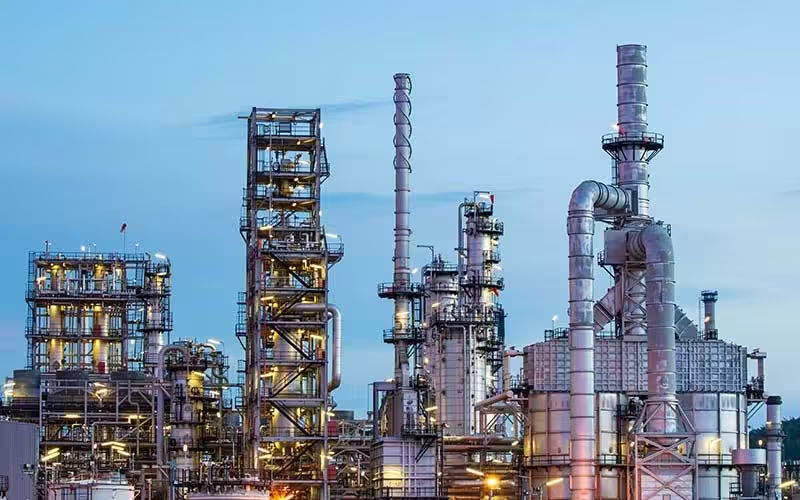
Biofiltration and biotrickling filters utilize natural biological processes to treat waste gases, making them a highly sustainable option within waste gas treatment technologies. These systems employ specific microorganisms capable of degrading pollutants such as odorous compounds and volatile organic compounds present in waste gases. Biofiltration involves passing contaminated air through a biofilter media where microbes metabolize pollutants, while biotrickling filters combine biofiltration with liquid phase trickling to enhance degradation efficiency. Recent improvements in monitoring and control systems have further optimized the performance of these biological waste gas treatment methods. Industries seeking eco-friendly solutions for odor control and VOC removal often rely on biofiltration and biotrickling filters to reduce their environmental footprint while maintaining effective waste gas treatment.
4. Thermal Oxidizers with Heat Recovery
Thermal oxidizers have long been a staple in waste gas treatment for destroying hazardous organic compounds through high-temperature combustion. The latest innovations in thermal oxidizers incorporate heat recovery systems that capture and reuse the thermal energy generated during the oxidation process. This enhancement drastically improves the energy efficiency of waste gas treatment by reducing fuel consumption and operational expenses. Heat recovery not only supports cost savings but also contributes to lowering greenhouse gas emissions, making thermal oxidizers a more environmentally responsible choice. The integration of heat recovery systems into waste gas treatment plants is increasingly common, as it aligns with industry goals for sustainable production and energy conservation.
5. Electrostatic Precipitators (ESPs)
Electrostatic precipitators are widely used in waste gas treatment to remove particulate matter from industrial emissions. By applying a strong electrostatic charge, ESPs attract and collect fine particles onto oppositely charged plates, effectively cleaning the waste gas before it is released into the atmosphere. Recent technological advancements have enhanced the collection efficiency and ease of maintenance of ESP systems, allowing for more effective removal of even very fine particulates. This improvement is critical for industries dealing with high dust loads or fine particulates in their waste gases. Modern ESPs play a vital role in comprehensive waste gas treatment strategies, ensuring compliance with strict particulate emission regulations and helping to protect air quality.
6. Membrane Separation Technologies
Membrane filtration processes have emerged as a promising solution for separating specific pollutants from waste gases. These systems offer high selectivity and can be tailored to target particular contaminants, providing industries with a versatile tool for customized waste gas treatment.
7. Supercritical Water Oxidation (SCWO)
SCWO involves treating waste gases under high temperature and pressure conditions, utilizing supercritical water to oxidize pollutants. This method is particularly effective for treating hazardous and refractory compounds, offering a compact and efficient solution for waste gas treatment.
8. Flue Gas Desulfurization (FGD) Systems
Flue gas desulfurization (FGD) systems are among the most effective waste gas treatment technologies specifically designed to remove sulfur dioxide (SO₂) from flue gases produced by power plants, industrial boilers, and other combustion sources. Over the years, FGD technologies have significantly evolved, incorporating advanced sorbent materials such as limestone and magnesium hydroxide, as well as optimized chemical processes to increase sulfur removal efficiency. These modern FGD systems not only achieve higher removal rates but also minimize the generation of secondary pollutants. They contribute greatly to reducing acid rain-causing emissions, thereby protecting surrounding ecosystems.
Moreover, improvements in FGD waste gas treatment methods have led to reductions in operational and maintenance costs, making them more accessible for industries aiming for sustainable compliance with environmental regulations. As stricter emission standards are enforced globally, the importance of reliable FGD systems within comprehensive waste gas treatment strategies continues to grow.
9. Landfill Gas Utilization
Innovations in landfill gas treatment have enabled the capture and conversion of methane into usable energy. Technologies such as gasification and anaerobic digestion are being employed to transform landfill gas into electricity or renewable natural gas, contributing to waste-to-energy initiatives.
10. Real-Time Emission Monitoring Systems
The integration of real-time emission monitoring systems marks a significant advancement in waste gas treatment technologies. By employing sophisticated sensors, data analytics, and IoT (Internet of Things) technologies, these systems enable continuous, precise tracking of pollutants emitted from industrial processes. Real-time monitoring offers waste gas treatment operators immediate insight into emission levels, allowing for rapid adjustments in treatment methods to maintain optimal pollutant removal. This proactive approach not only ensures compliance with increasingly stringent environmental regulations but also helps prevent unexpected equipment failures and costly shutdowns. Furthermore, the data collected through real-time emission monitoring supports long-term process optimization and environmental reporting, making these systems invaluable in modern waste gas treatment frameworks.
11. Hybrid Treatment Systems
Hybrid systems combine multiple treatment technologies to address a broad spectrum of pollutants in waste gases. By integrating methods such as adsorption, biofiltration, and thermal oxidation, these systems offer comprehensive solutions for complex emission profiles, enhancing treatment efficiency and flexibility.
Comparative Overview of Waste Gas Treatment Innovations
| Technology | Key Benefits | Ideal Applications |
|---|---|---|
| Advanced Adsorption Systems | High selectivity, cost-effective | VOCs, odorous compounds |
| Catalytic Oxidation Technologies | Low energy consumption, extended equipment lifespan | Organic pollutants |
| Biofiltration and Biotrickling Filters | Sustainable, effective for odorous compounds | Industrial emissions |
| Thermal Oxidizers with Heat Recovery | Energy efficiency, cost savings | High-volume emissions |
| Electrostatic Precipitators | Effective particulate removal | Fine particulates |
| Membrane Separation Technologies | High selectivity, customizable | Specific pollutant removal |
| Supercritical Water Oxidation | Compact, efficient treatment | Hazardous and refractory compounds |
| Flue Gas Desulfurization Systems | Enhanced sulfur removal efficiency | Power plants, industrial boilers |
| Landfill Gas Utilization | Waste-to-energy, methane reduction | Landfills, waste management facilities |
| Real-Time Emission Monitoring Systems | Continuous tracking, regulatory compliance | All industrial applications |
| Hybrid Treatment Systems | Comprehensive pollutant removal | Complex emission profiles |
Conclusion
The evolution of waste gas treatment technologies reflects a concerted effort towards environmental sustainability and regulatory compliance. Industries adopting these innovations are not only mitigating their environmental impact but also achieving operational efficiencies and cost savings. As regulations tighten and environmental awareness grows, the continued advancement and implementation of these technologies will be crucial in shaping a sustainable industrial future.
FAQ
What are the primary pollutants targeted in waste gas treatment?
Waste gas treatment primarily targets pollutants such as volatile organic compounds (VOCs), sulfur dioxide (SO₂), nitrogen oxides (NOₓ), particulate matter, and methane.
How do biofiltration systems work in waste gas treatment?
Biofiltration systems use microorganisms to degrade pollutants in waste gases as they pass through a bed of organic material, effectively removing contaminants.
What is the role of thermal oxidizers in waste gas treatment?
Thermal oxidizers use high temperatures to oxidize pollutants in waste gases, converting them into less harmful substances like carbon dioxide and water vapor.
Can landfill gas be utilized for energy production?
Yes, landfill gas, primarily methane, can be captured and converted into electricity or renewable natural gas through processes like gasification and anaerobic digestion.
What are hybrid treatment systems, and why are they beneficial?
Hybrid treatment systems combine multiple treatment technologies to address a broad spectrum of pollutants, offering comprehensive solutions for complex emission profiles.
